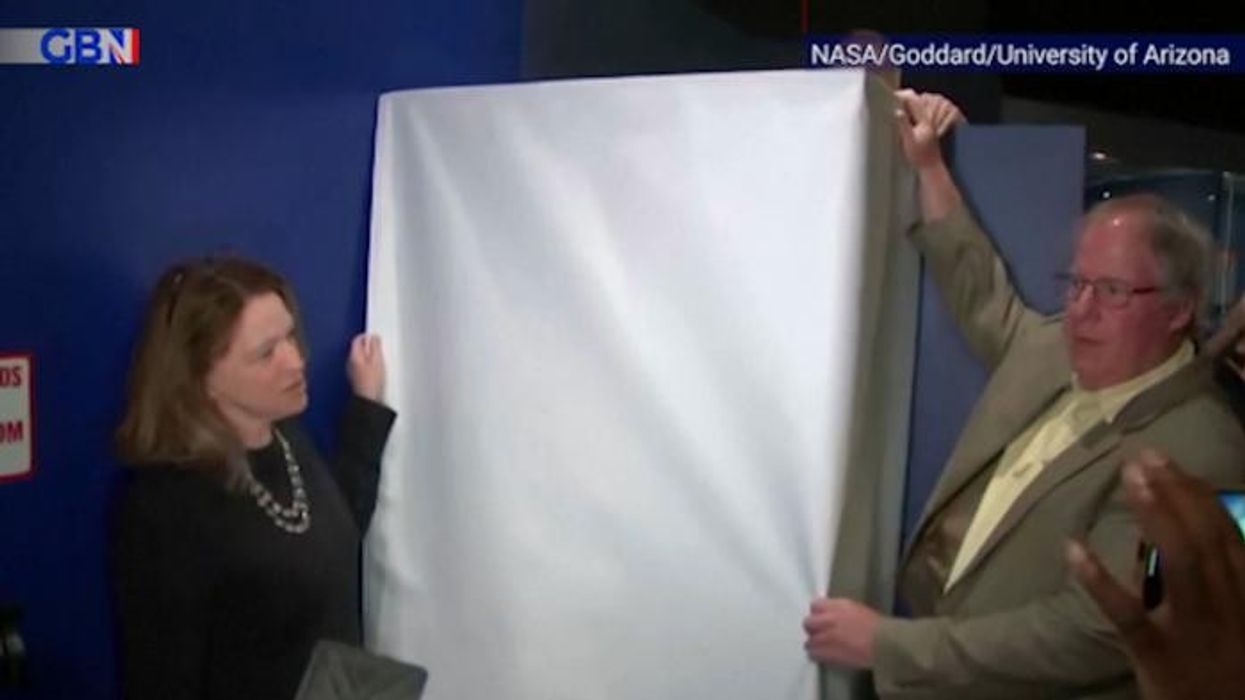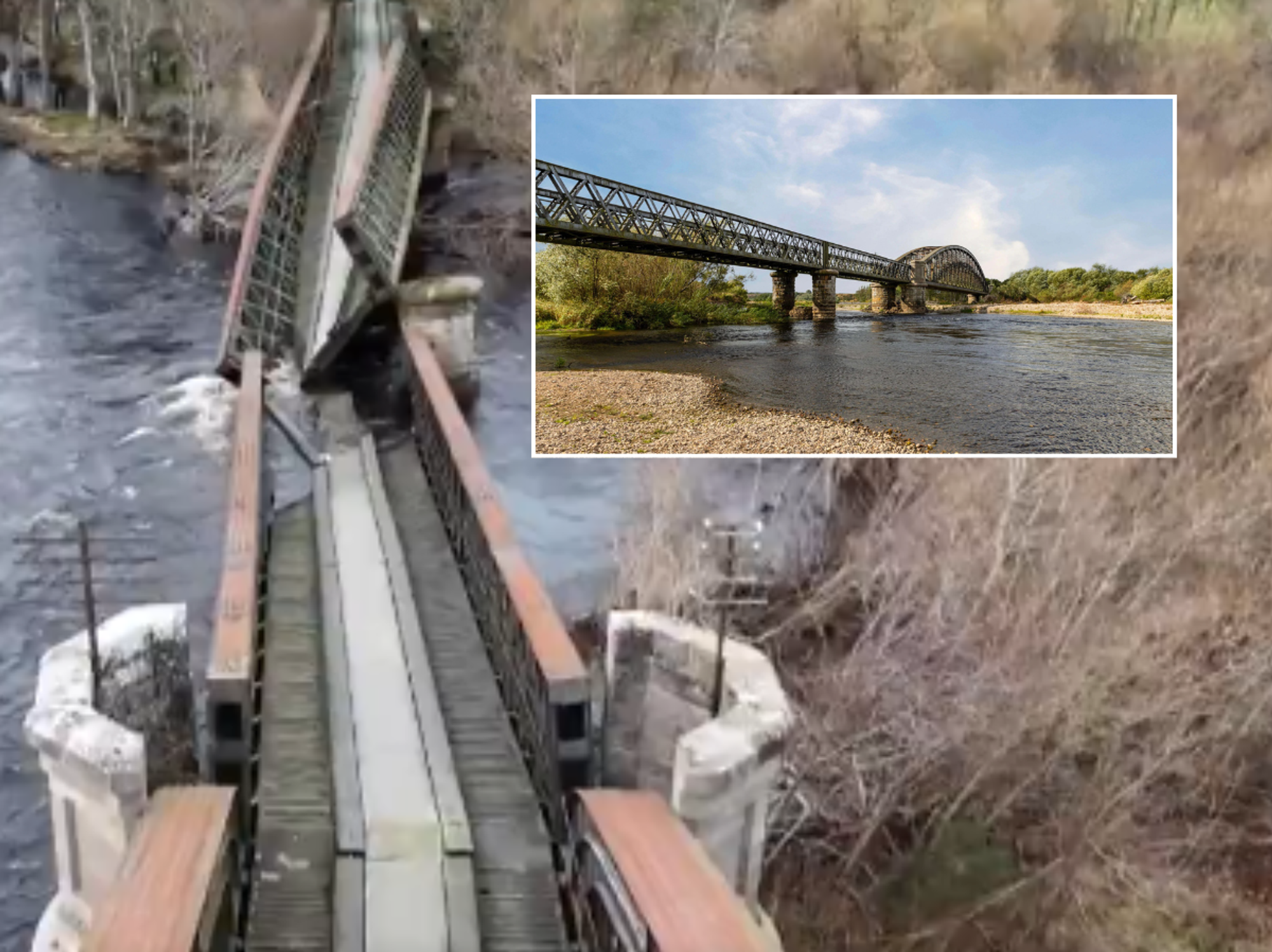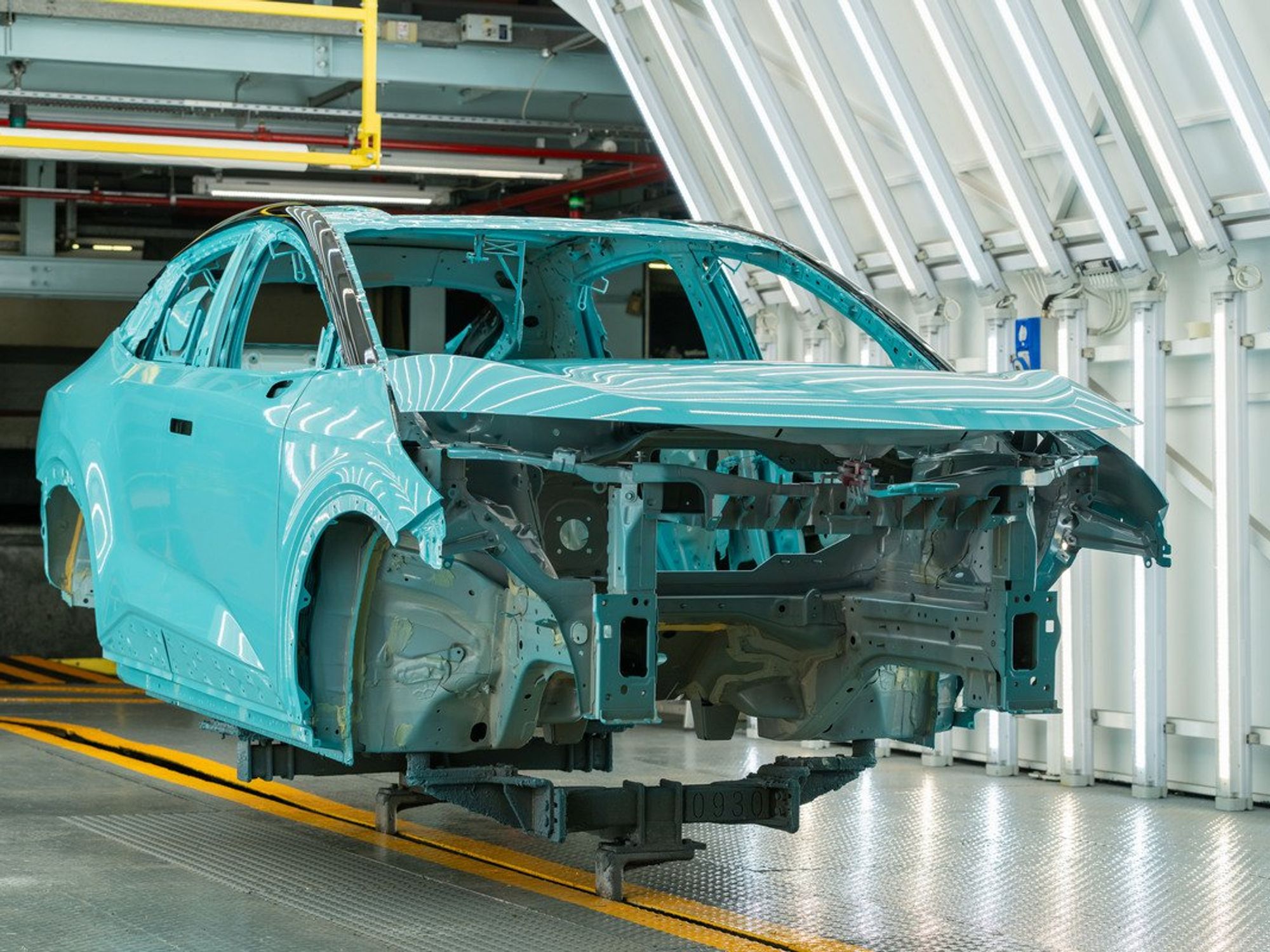Scientists uncover three asteroids making their way in Earth's direction HIDING behind Venus
There are 20 co-orbital asteroids of Venus according to scientists
Don't Miss
Most Read
Latest
At least three city-killing asteroids that could strike Earth are hiding behind Venus, according to a new study from researchers in Brazil, France, and Italy.
The space rocks, measuring between 330 and 1,300 feet in diameter, are extremely difficult to spot because they're often concealed by the Sun's glare.
The asteroids don't follow perfectly stable paths, meaning any gravitational change could shift their course and pull them towards Earth. Each one is capable of levelling entire cities and setting off massive fires and tsunamis.
Venus is blocking astronomers' view of many near-Earth asteroids, setting up the potential for a devastating impact with minimal warning time.
The international team, led by Valerio Carruba of São Paolo University, focused on asteroids that share Venus's orbit around the Sun, called Venus co-orbital asteroids. "Twenty co-orbital asteroids of Venus are currently known," the authors wrote in their report to the journal Astronomy and Astrophysics.
The three most concerning asteroids are designated 2020 SB, 524522, and 2020 CL1. These space rocks are essentially like dancers moving in step with Venus as they both move around the Sun, staying safely away from Venus due to their synchronised orbits.
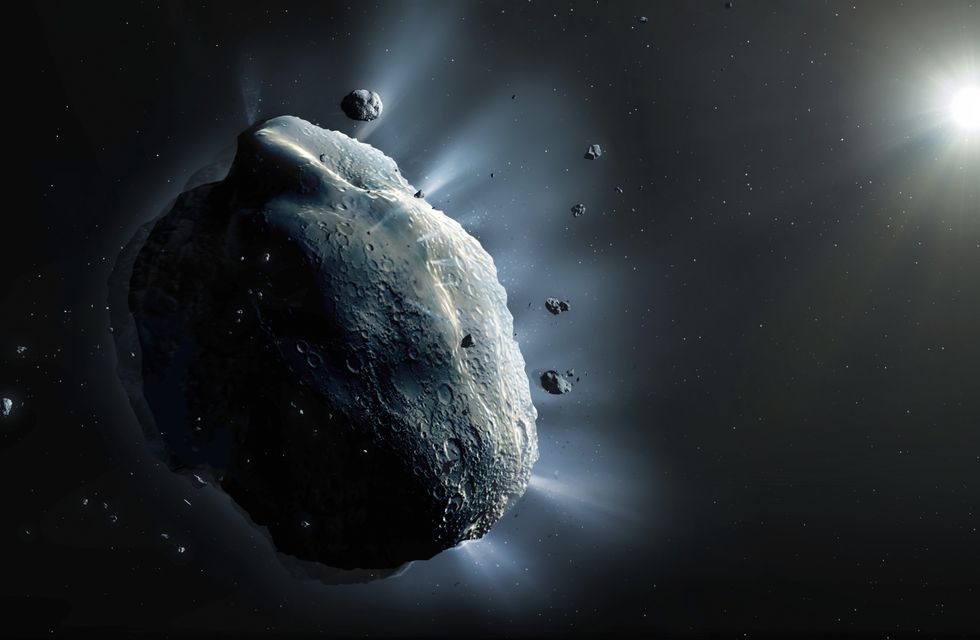
The three asteroids near Venus have extremely small Minimum Orbital Intersection Distances (MOID)
|GETTY
"Co-orbital status protects these asteroids from close approaches to Venus, but it does not protect them from encountering Earth," the researchers warned.
Their wobbly and unpredictable paths can cross Earth's track, creating collision risks if they reach crossing points simultaneously with our planet.
The three asteroids near Venus have extremely small Minimum Orbital Intersection Distances (MOID) - the closest distance between their orbit and Earth's orbit around the Sun.
Each has a MOID of less than 0.0005 astronomical units, which is about 46,600 miles - closer than the Moon's average distance from Earth.
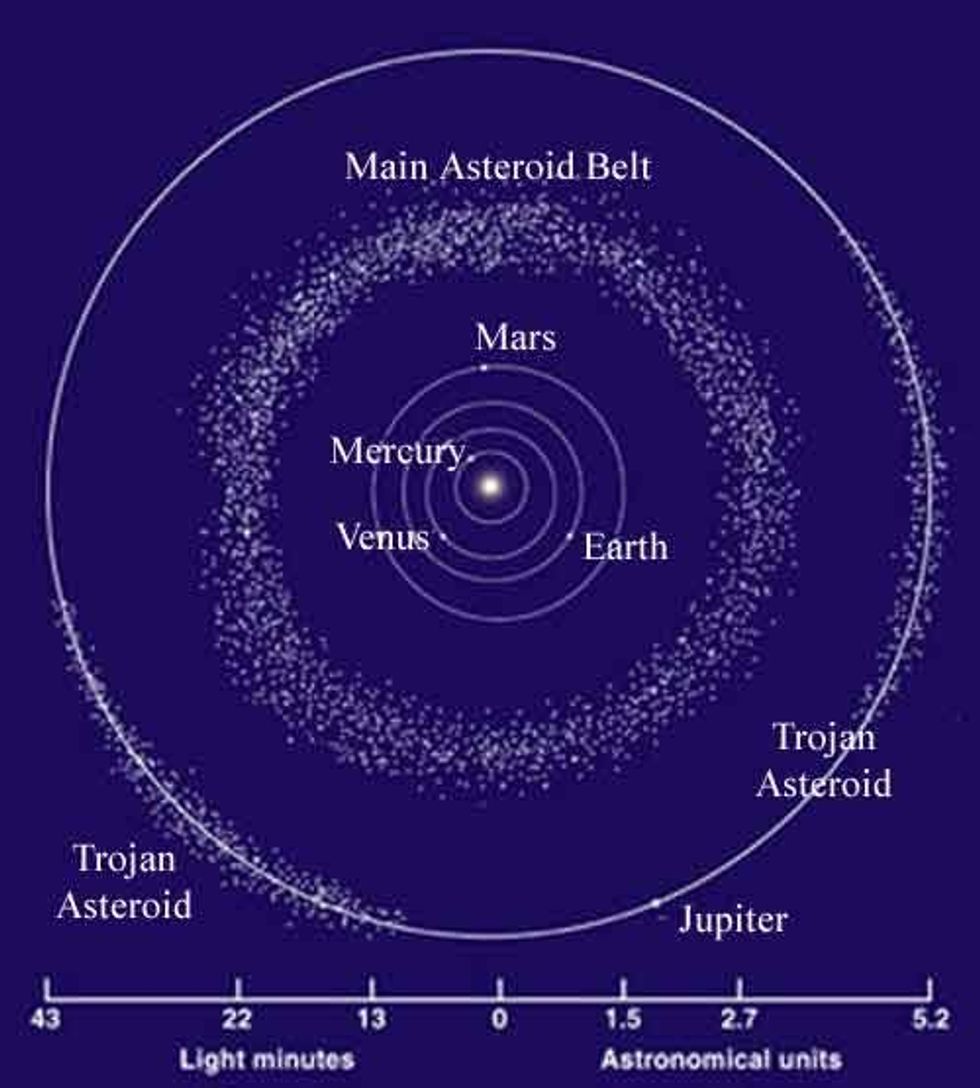
Most asteroids sit in the main asteroid belt between Mars and Jupiter
|NASA
A smaller MOID means an asteroid's chance of colliding with Earth increases dramatically. If one of these asteroids were to hit a city, it would make a crater over two miles wide and release over one million times more energy than the nuclear bomb dropped on Hiroshima, Japan in 1945.
The devastating impact would be capable of levelling entire cities and triggering massive fires and tsunamis across affected regions.
The researchers noted that the Rubin Observatory in Chile might be able to spot deadly asteroids approaching from our blind spot near Venus, but the window to see them would be extremely short, possibly lasting only two to four weeks.
Since telescopes here on Earth have a limited ability to see in all directions out in space, detection capabilities remain severely constrained. The Sun's glare creates a significant observational challenge, making it nearly impossible to track these potentially hazardous objects until they emerge from behind Venus.
This brief warning period would provide minimal time for any potential defensive measures or evacuation procedures.
The limited detection window represents one of the most concerning aspects of these Venus co-orbital asteroids, as traditional Earth-based monitoring systems struggle to provide adequate advance notice of approaching threats.
According to the research team's report, a dedicated space probe needs to be launched towards Venus as the only solution to fully map the "still invisible" hazardous asteroids hiding in Earth's blind spot.
The researchers believe this represents the sole method capable of providing comprehensive surveillance of these threatening space rocks.
Current Earth-based telescopic systems cannot adequately monitor the region around Venus due to observational limitations and solar interference.
The proposed space mission would position monitoring equipment beyond the Sun's glare, enabling continuous tracking of Venus co-orbital asteroids that remain hidden from ground-based observatories.
This dedicated probe mission represents the most viable approach to identifying and cataloguing potentially dangerous asteroids before they pose an imminent threat to Earth.


